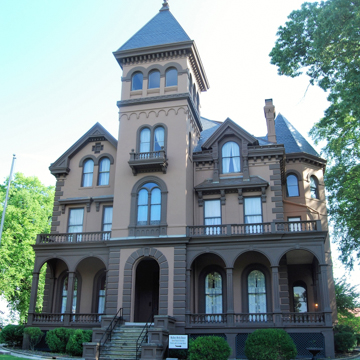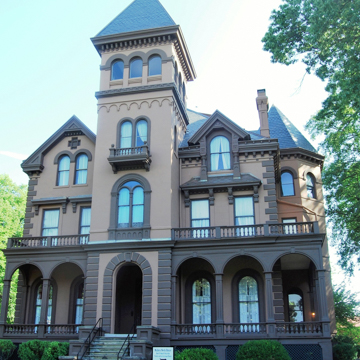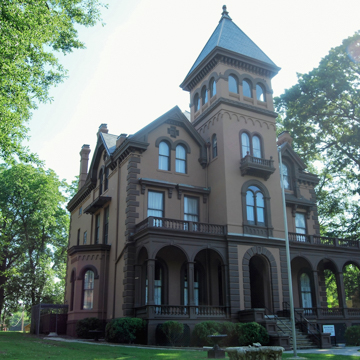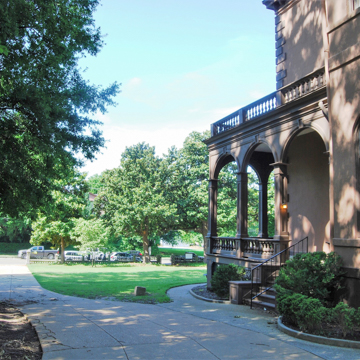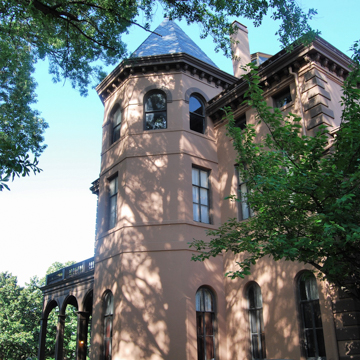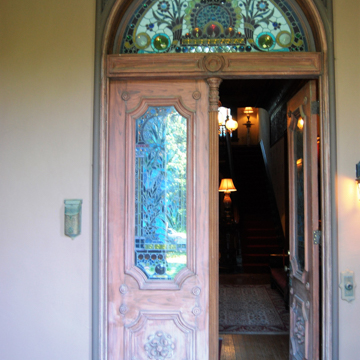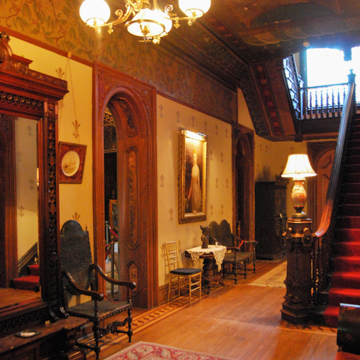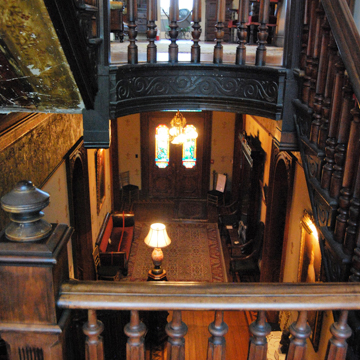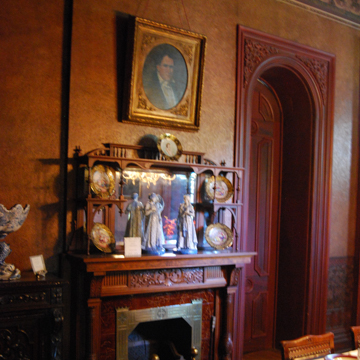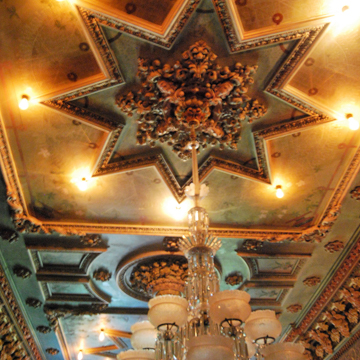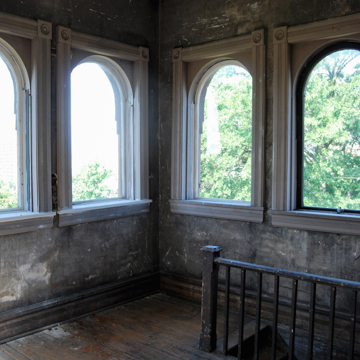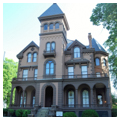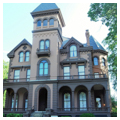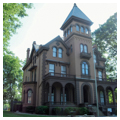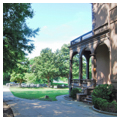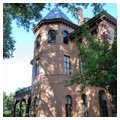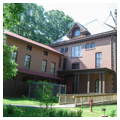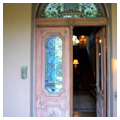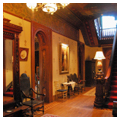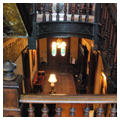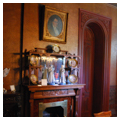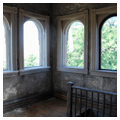In the nineteenth century, Memphis’ location on the Mississippi River produced a thriving economy, especially as a result of the cotton trade. Many successful businessmen expressed their wealth by building mansions for themselves in or near the city and close to their places of work, including those in a neighborhood that became known as Millionaires’ Row, which is today known as Victorian Village. Among the mansions that remain today, the Mallory-Neely House, is the only one to retain most of its original furnishings. Designed in an Italian Villa Style, it was built circa 1852–1854, and was enlarged and remodeled into its current form between 1883 and 1900.
In 1852 Memphis banker Isaac Kirtland bought the property on which the current house sits for $5,000, undoubtedly regarding the frame house on the site as a teardown. Neither the designer of the Italianate house nor its precise date of construction is known, but available records suggest it was completed by 1854. Kirtland lived in the house with his wife Lucy until 1864, when they sold the property for $40,000 to cotton broker Benjamin Babb his wife Mary. The Babbs remained here until 1883 when James Columbus Neely, his wife Frances, and their five children moved in. Neely paid $45,000 for the property, added a story, changed the stairway inside the house, added stained glass, and updated the decor, making the house look much as it does today.
The house is built of load-bearing brick covered in stucco that is scored to resemble stone. A four-story tower dominates the facade of the three-story, twenty-five-room residence. Bold quoins mark the corners of the building and the principal entrance. The semicircular arch entrance is flanked by an arched portico on each side. Brackets, dentils, and more arches embellish the facade. There are tall paneled brick chimneys, a three-story bay on east elevation, and a one-story bay on the west elevation. The rear of the house, which contained the separate servants’ quarters, has little ornamentation.
The inside of the house retains an abundance of Victorian-era details. Leading into the main hallway is a double-leaf, glass-and-wood entry door enhanced with heavy carvings and stained glass panels in the top lights and the arched transom above. The newel post at the base of the stairs in the central hallway is topped with a large lamp. All three stories have a central hall plan with parlors flanking the hall on the first story, and sitting or sleeping room flanking the hall on the upper stories. Throughout the house are patterned wood floors, carved and molded wood fireplaces, and arched doorways surrounded by heavy wood trim. There are other Italianate houses in Memphis and Tennessee but few that retain so many decorative details. The same is true of the furnishings, many of which were purchased by the Neely family during their visits to the Columbian Exposition in Chicago in 1893 and the Louisiana Purchase Exposition in Saint Louis in 1904.
When Frances Neely died in 1905, her five children inherited the house and their families would remain the owners until the early 1970s. Jessica (“Pearl”) Neely and her husband James D. Grant lived in the house off and on until their deaths in 1924 and 1931, respectively. Jessica’s sister Frances and her husband Barton Lee Mallory resided in the house after their marriage in 1900. Barton died in 1938 but Frances (“Miss Daisy”) lived here until her death in 1969. Her heirs deeded the house and furnishings to the local chapters of the Daughters of the American Revolution, Sons of the American Revolution, and Children of the American Revolution in 1973. The property was used as a meeting place for the organizations and opened as a museum. It was then deeded to the City of Memphis in 1985 and is now part of the city’s Pink Palace of Museums. Closed in 2004 due to lack of funding, the house reopened to visitors in 2012.
References
Architecture Incorporated. Historic Structures Report for Mallory-Neely House. Prepared for the City of Memphis, December 25, 2015.
Eberling, May Dean, “Victorian Village District”, Shelby County, Tennessee. National Register of Historic Places Inventory–Nomination Form, 1972. National Park Service, U.S. Department of the Interior, Washington, D.C.
“Mallory-Neely House.” Pink Palace Family of Museums. Accessed April 5, 2018. http://www.memphismuseums.org/.

